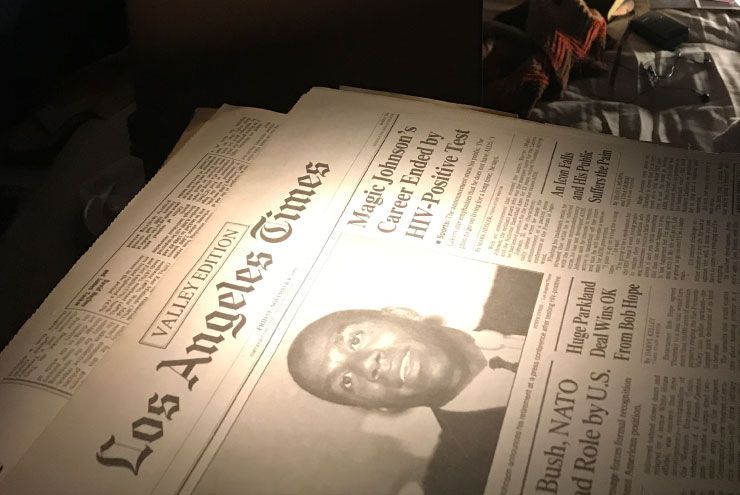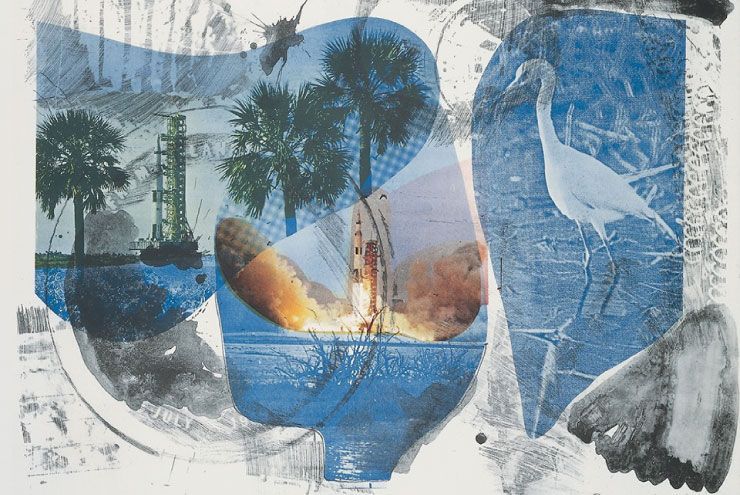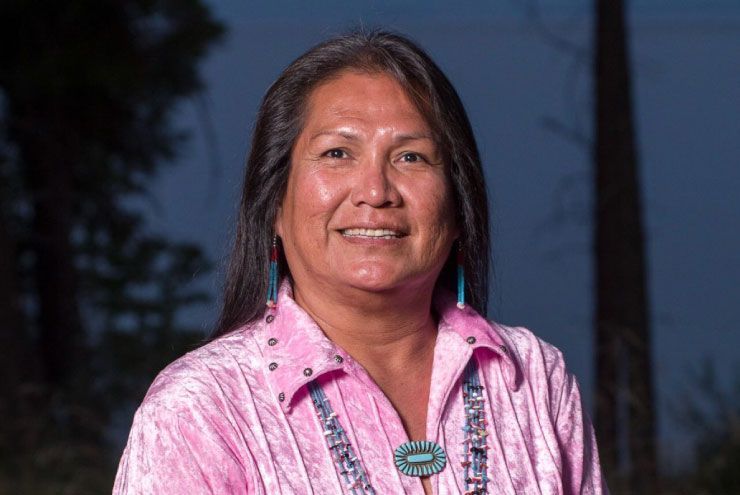By Aubrey Burghardt
Memories can be documented in many ways—by an origami-folded photo tucked away in a wallet, a snapshot with the year and place scribbled in smeared ballpoint ink, or a Polaroid of a candid moment in time. Some memories, such as family photo albums, even end up donated, stacked seemingly miles high in antique and thrift stores. In 2000 art historian Geoffrey Batchen introduced the term “vernacular photography” to refer to this very type of photographic image—“what has always been excluded from photography’s history: ordinary photographs, the ones made or bought (or sometimes bought and then made over) by everyday folk from 1839 until now, the photographs that preoccupy the home and the heart but rarely the museum or the academy.”
And while fine art museums have long slept on vernacular, or “found,” photography, Houston and San Miguel de Allende–based artists and collectors Barbara Levine and Paige Ramey have not. The couple has spent over 30 years sifting through junk shops, flea markets, and online stores to build a vernacular photography collection they lovingly call “PhotoMania.” The collection comprises over 5,000 photographic objects—from postcards, to family portraits, to photographic sculpture and altered photographs. “Barb and I, when we travel, anywhere we go in the world, we are always looking,” Ramey shares. “We look for flea markets of some nature or form and we kind of make a beeline for them. We can find anything, anywhere.” “It’s intuitive,” Levine adds.
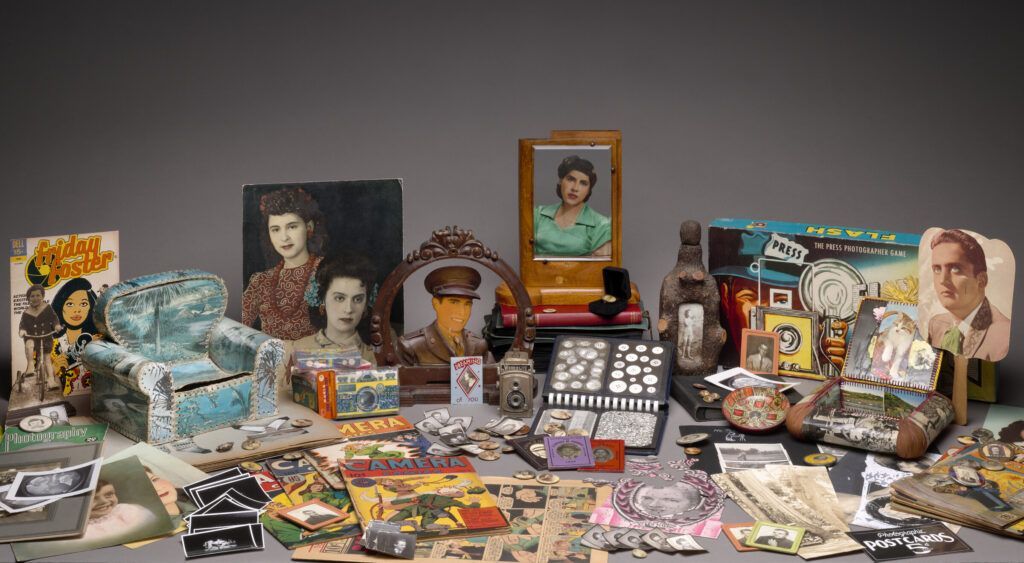
PhotoMania is organized by theme, all of which are often overlooked by the dominating lens of fine art photography: African American Studio Portraits, Women Only, Gun Culture, Mexico and the Border, Sideshow Stars and Superheroes, and—deeply personal to the duo—LGBTQ Life.
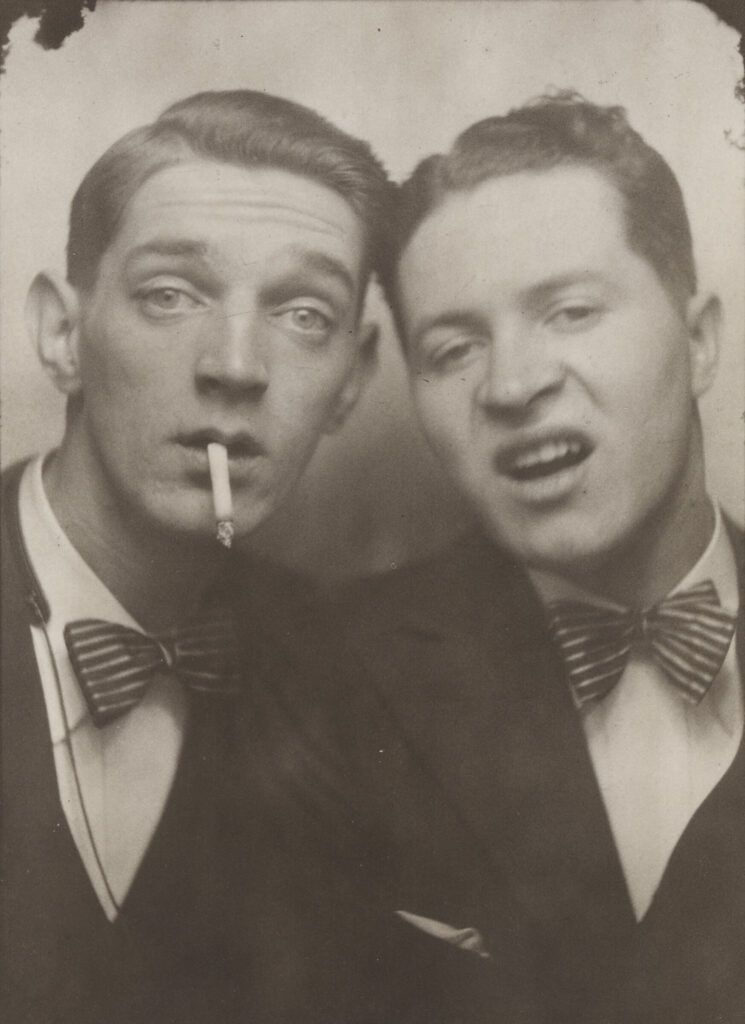
Levine and Ramey acknowledge that their collection contains vivid photos of queer day-to-day existence in a time when LGBTQ individuals had to live and love in the shadows—men embracing, women dancing together, and vintage drag show advertisements barely scratch the surface. Gathering this rarely seen queer history has been important to the collectors since the very beginning. “[Paige and I] have lived through decades of change together,” Levine says. “The photographs in our collection span the 1880s to the 1970s and reveal the stories of unknown people who struggled to fit in and find community and how there has always been love, passion, and affection between same-sex people. For us, these photographs are an important part of the LGBTQIA story.” “We all need to be seen,” Ramey adds.
And be seen, they will. In 2020 the Museum of Fine Arts, Houston (MFAH), acquired PhotoMania, more formally known as the Barbara Levine and Paige Ramey Collection, in full—making it the first vernacular photography collection to be attained by a major art museum. Levine and Ramey share how their decision to make the MFAH the permanent home for their collection was largely due to the shared vision of the Museum’s photography curator, Malcolm Daniels, and associate curator, Lisa Volpe, not to silo PhotoMania, but rather to integrate it into rotating exhibitions of the Museum’s existing permanent collections. This approach, Levine says, is crucial to “expanding the history of photography and expanding our understanding of what photography is.”
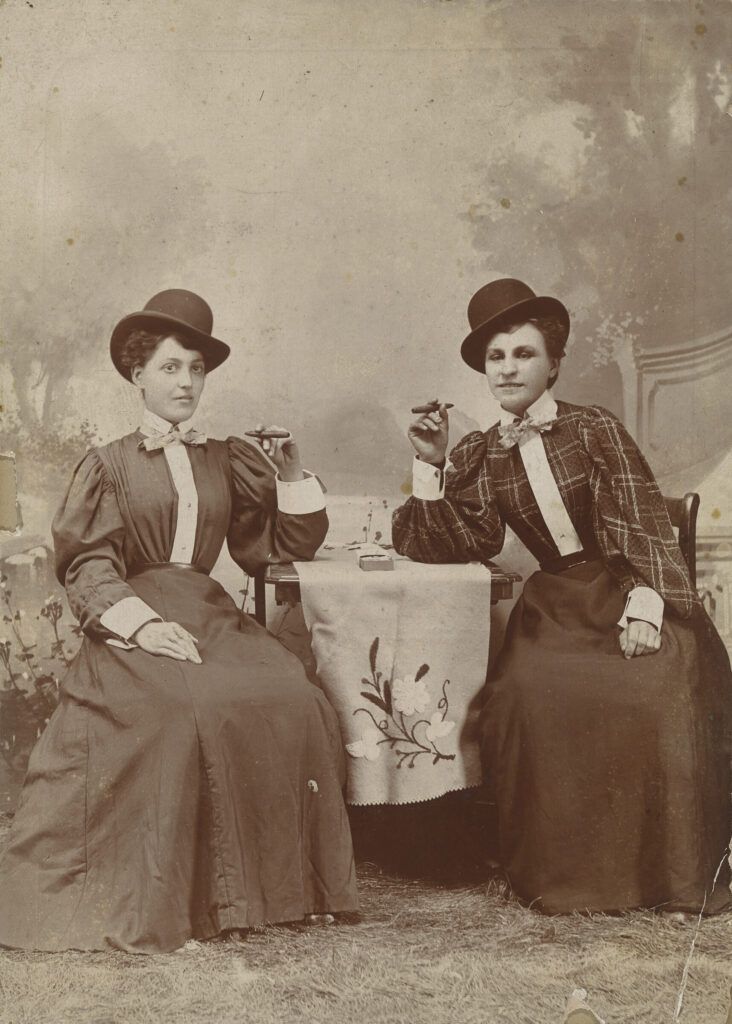
Historically, there has been an overwhelming void of queer representation within heteronormative museum collections, making the MFAH acquisition even more significant. “The acquisition of this collection is vital,” Ramey says. “It’s part of coming out of the shadows.”
“Currently, there is a strong focus in fine art and documentary photography on picturing queer identity in all its forms and a lot of it is groundbreaking work,” Levine adds. “It is important for vernacular photographs of this same subject matter to be included in order to tell an inclusive story. The inaugural installation of the portrait wall in the photography gallery at the MFAH is very exciting because it co-mingles different forms of photography made at different times, including many pieces from our collection. The dialogue between how artists picture and express the identity of others alongside humble snapshots people made to document themselves and their daily lives is powerful and reminds us of our shared humanity.”
To view PhotoMania: The Barbara Levine and Paige Ramey Collection in full, visit emuseum.mfah.org/groups/levine-ramey-collection/results. Follow Levine and Ramey’s ongoing vernacular photography and curatorial projects at projectb.com.



